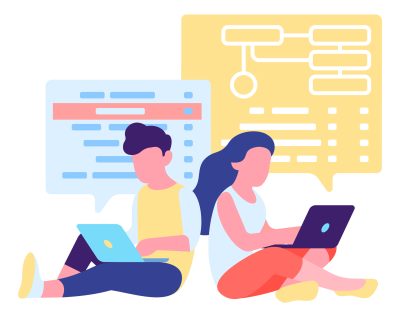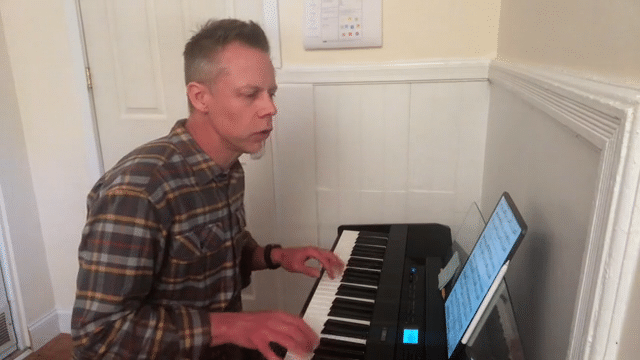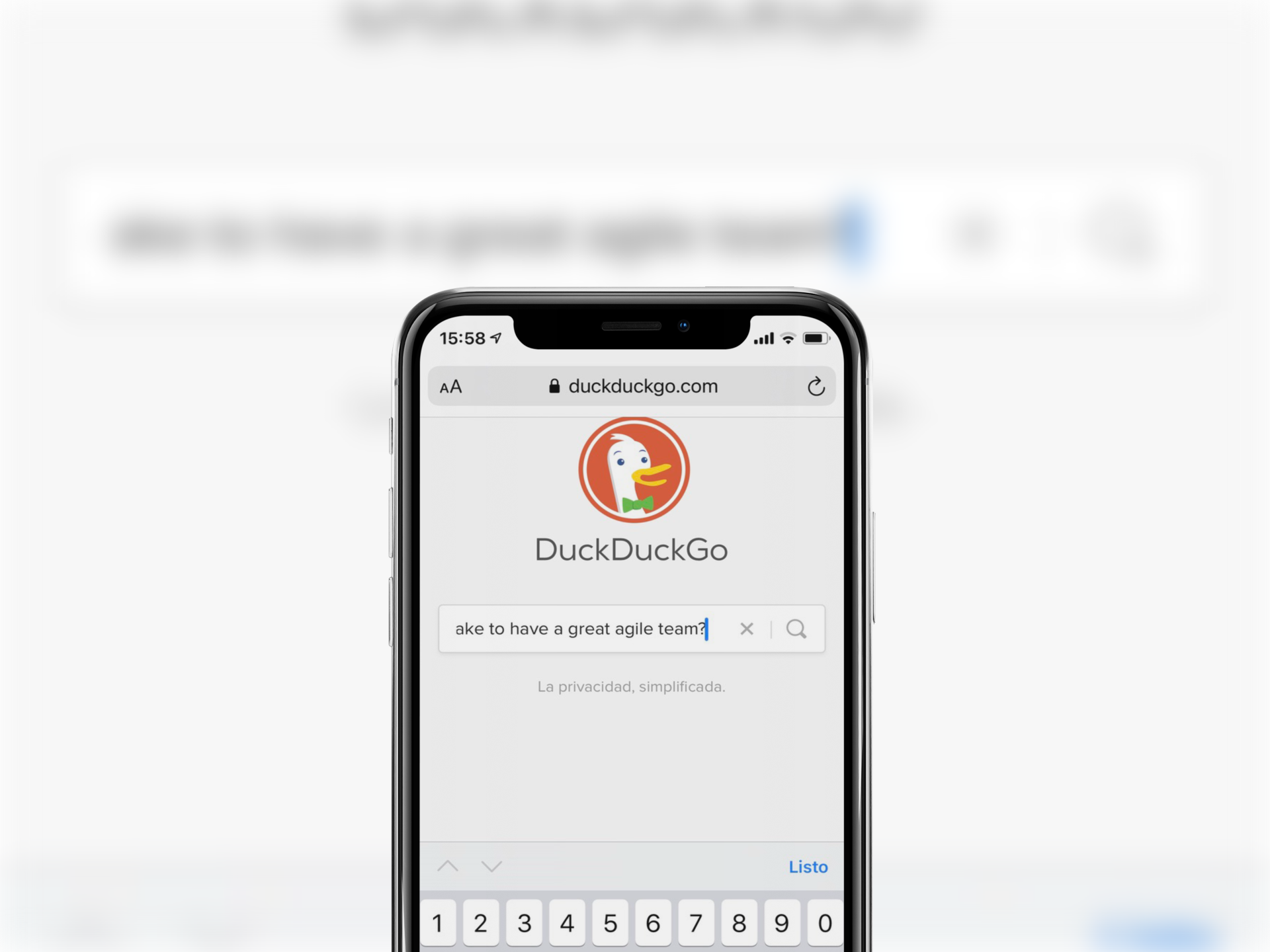
Have you ever wondered what truly drives the success of agile methodologies? Is it merely the technical benefits of speed, efficiency, and continuous improvement, or is there something more profound at play? As a CTO (I’m co-founder and CTO of Alli Connect) and a long-time practitioner of pair programming and continuous delivery, I’ve come to realize that the secret sauce of agile lies not just in the processes, but in the way these practices nurture the human spirit.
The Magic of Pair Programming: A Symphony of Minds
Picture this: it’s a late afternoon, and you’re staring at your screen, frustration mounting as you face a seemingly insurmountable coding challenge. But then, a spark of inspiration—your pair programming partner suggests a fresh approach, and together, you dive in. The energy is palpable, ideas bouncing back and forth like a game of mental tennis. Suddenly, the pieces fall into place, and you’re left with a masterpiece of code, crafted through a beautiful symphony of two minds in perfect harmony.
This is the essence of pair programming, or as I like to call it, “social programming.” It’s not just about writing code; it’s about the deep human connection forged through the collaborative process. When I pair with Olga, my trusted coding partner, I feel a surge of oxytocin and serotonin, the hormones of happiness and bonding. The satisfaction of cracking a tough problem together is like a warm, energizing buzz that fills the room. It’s no wonder that I find myself counting down the minutes until our next pairing session—it’s not just work; it’s a deeply fulfilling human experience.
Continuous Delivery: A Dopamine-Fueled Journey of Achievement
Now, imagine the thrill of pushing a new feature to production, watching it come to life before your eyes. The sense of accomplishment is electric, sending a jolt of dopamine through your system. This is the power of continuous delivery—the daily practice of delivering value to users in small, incremental steps.
In our team, we’ve made a commitment to ending each day with a victory, no matter how small. The cumulative effect of these regular dopamine hits is transformative. It’s like a mental rewards program that keeps us motivated, engaged, and hungry for more. The best part? The satisfaction isn’t fleeting; it’s a renewable resource that fuels our passion and drives us forward, day after day.
The Science of Emotion: Understanding the Agile Brain
These experiences aren’t just feel-good anecdotes; they’re backed by hard science. Researchers like Paul Ekman (1992) and Daniel Goleman (1995) have shown that our brains are wired to process emotions before logical thought kicks in. When we engage in positive, collaborative experiences like pair programming, we trigger the release of neurotransmitters that promote trust, creativity, and problem-solving.
On the flip side, negative stress can hijack our amygdala, flooding our system with cortisol and adrenaline—the hormones of “fight or flight.” In this state, our cognitive function and creativity take a backseat, hampering our ability to think clearly and innovate. By fostering a positive, supportive environment, agile practices like pair programming and continuous delivery act as a buffer against these detrimental effects, keeping us in a state of flow and optimizing our brain power.
Navigating the Challenges: Agile Adaptation in Action
Of course, adopting these practices isn’t without its hurdles. As a remote-first team spread across multiple time zones, we had to get creative to keep the magic of pair programming alive. We devised a “time translation” system to ensure optimal collaboration hours and leveraged tools like Zoom (Zoom Video Communications Inc., 2021) and JetBrains’ Code With Me (JetBrains, 2021) to bridge the digital divide.
But the beauty of agile is its inherent adaptability. By staying true to the core principles of collaboration, continuous improvement, and delivering value, we’ve been able to navigate the challenges and emerge stronger, more connected, and more resilient than ever.
The Agile Connection: A Call to Embrace the Human Side of Software Development
If you’re intrigued by the idea of infusing your work with a deeper sense of purpose and connection, I invite you to explore the human side of agile. Pair programming and continuous delivery aren’t just methodologies; they’re pathways to a more fulfilling, emotionally resonant way of building software.
As Kent Beck, the father of Extreme Programming, once said, “I’m not a great programmer; I’m just a good programmer with great habits” (Beck, 2000). I believe that the secret to these great habits lies not just in the technical practices, but in the way they nurture our fundamental human needs for connection, achievement, and growth.
So, whether you’re a seasoned agile practitioner or just starting your journey, I encourage you to embrace the human elements of agile. Pair with a colleague, celebrate your daily victories, and let the power of human connection propel you to new heights. And if you’re eager to dive deeper, consider joining me in my upcoming course at Harvard, CSCI E-71/S-71 Agile Software Development, where we’ll explore these concepts in action.
In the end, software development is more than just a technical endeavor; it’s a deeply human one. By tapping into the emotional core of agile practices, we can unleash a new level of creativity, collaboration, and fulfillment in our work and our lives. So let’s come together, one pair at a time, and code our way to a brighter, more connected future.
References:
- Beck, K. (2000). Extreme Programming Explained: Embrace Change. Addison-Wesley Professional. Quote retrieved from: https://en.wikiquote.org/wiki/Kent_Beck
- Ekman, P. (1992). An argument for basic emotions. Cognition and Emotion, 6(3-4), 169-200. https://doi.org/10.1080/02699939208411068
- Goleman, D. (1995). Emotional intelligence: Why it can matter more than IQ. Bantam Books. https://www.danielgoleman.info/books/
- JetBrains. (2021). Code With Me: Collaborative Development Tool. https://www.jetbrains.com/code-with-me/
- Zoom Video Communications Inc. (2021). Zoom: Video Conferencing, Web Conferencing, Webinars, Screen Sharing. https://zoom.us/





